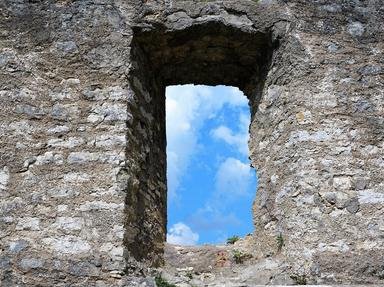Quiz Answer Key and Fun Facts
1. Representing strength and freedom, which of the following is Iceland's national animal?
2. Iceland's coat of arms depicts four shield bearers; two mythological creatures, the dragon and the giant, stand on the left hand side of the shield. Which two real animals are pictured on the right hand side?
3. The Icelandic horse has two gaits that are not found on any other breed of horse. One is a tolt and the other is a flying pace. How would you describe the tolt?
4. Icelandic horses have been getting progressively taller, perhaps due to improved feed but likely due to selective breeding. The range of heights at the withers is 130-150 cm (51-59 inches). With this information, are these equines ponies or horses?
5. Once an Icelandic horse leaves the nation of Iceland it is not allowed to return back to the country of Iceland?
6. Which of these mammals is native to Iceland?
7. WorldFengur is an important aspect of the equine community in Iceland, but what is it?
8. What Icelandic animal's population was on the brink of extinction in the year 2000 but had its numbers bolstered due to its survival being sponsored by the Icelandic government and breeding efforts by Johanna Bergmann Porvaldsdottir?
9. Iceland is home to more than 60% of the world's entire Atlantic puffin population. What kind of animal is a puffin?
10. The largest wild mammal in Iceland is the reindeer. Are reindeer native to Iceland?
Source: Author
jaknginger
This quiz was reviewed by FunTrivia editor
rossian before going online.
Any errors found in FunTrivia content are routinely corrected through our feedback system.
